.....Read More

Cordless Tool Batteries & Power Accessories

Cordless Tool Combination Kits

Cordless Tool Jobsite Fans

Cordless Tool Jobsite Radios & Speakers
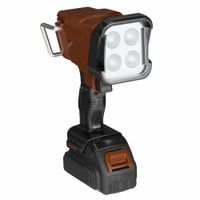
Cordless Tool Lighting
Cordless Tool Tracking Tags
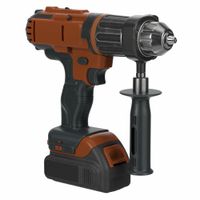
Drills & Drivers

Electrician's Power Tools
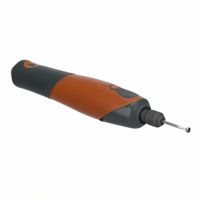
Engravers & Accessories
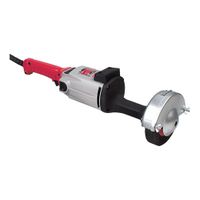
Grinders & Cut-Off Tools
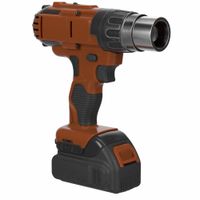
Heat Guns & Heat Blowers
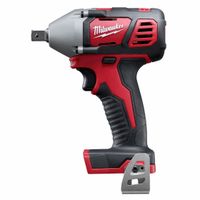
Impact Wrenches, Power Torque Wrenches & Power Ratchets

Mud Mixers & Concrete Vibrators
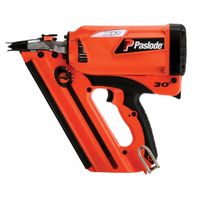
Nail Guns, Staple Guns & Rivet Tools
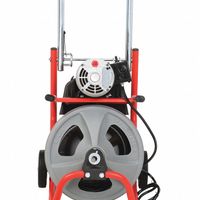
Plumbing Power Tools
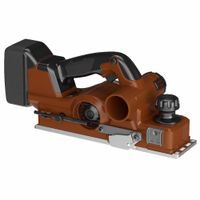
Power Planers, Jointers & Joiners
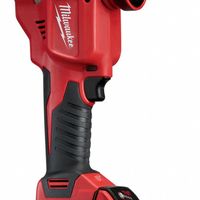
Power Punching Tools
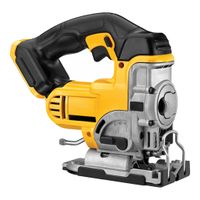
Power Saws & Blades
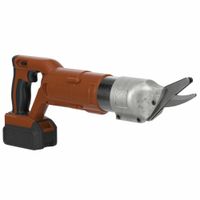
Power Shears & Nibblers
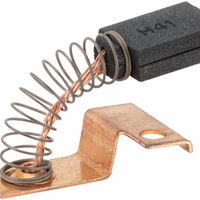
Power Tool Replacement Parts
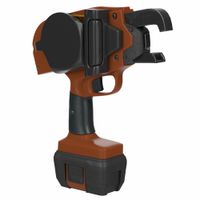
Rebar Tying Tools, Cutters & Benders

Rotary Hammers, Demolition Hammers & Breaker Hammers

Rotary Tools, Oscillating Tools & Cut-Out Tools
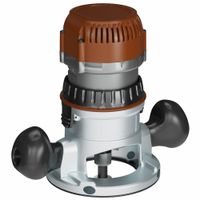
Routers, Bits & Wood Shapers
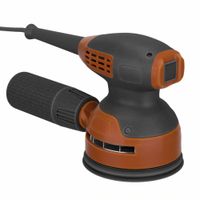
Sanding & Finishing Tools

Silica Dust Extractors & Dust Abatement Sprayers

Wood Dust Collection & Air Filtration

Woodturning Lathes
Frequently Asked Questions
What are the best power tools for beginners?
How do I choose between corded and cordless power tools?
What is the most essential power tool to own?
How long do cordless tool batteries typically last?
What safety precautions should I take when using power tools?
How do I maintain and care for my power tools?
What are the differences between a drill and an impact driver?
How do I choose the right power saw for my project?
What is the best way to store power tools?
How do I troubleshoot common power tool problems?